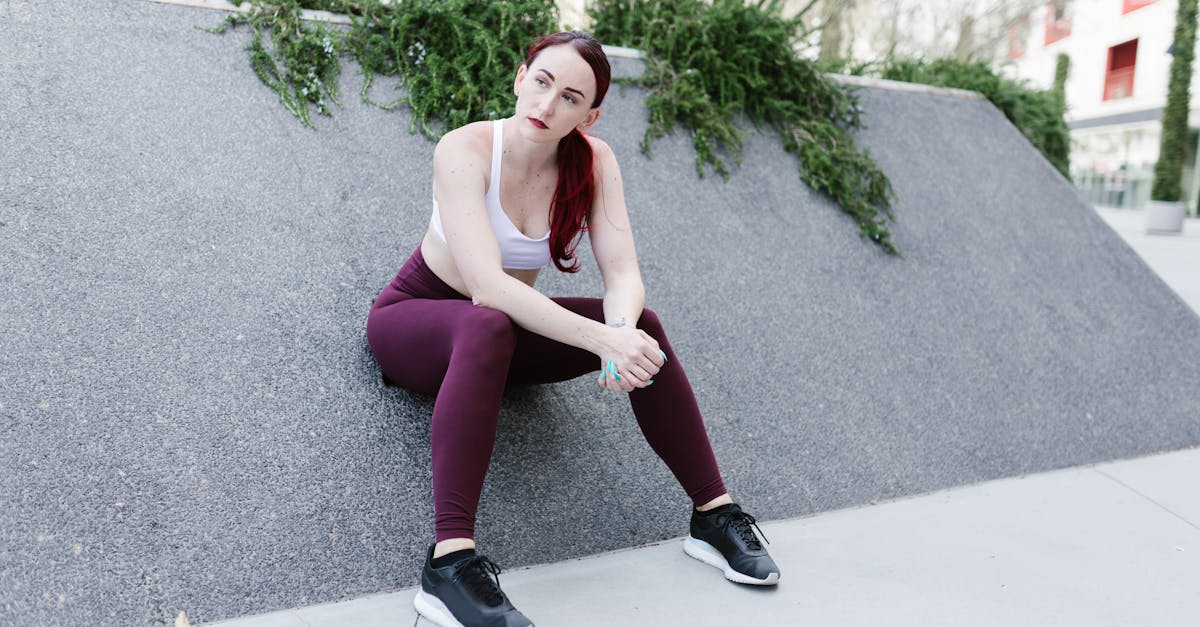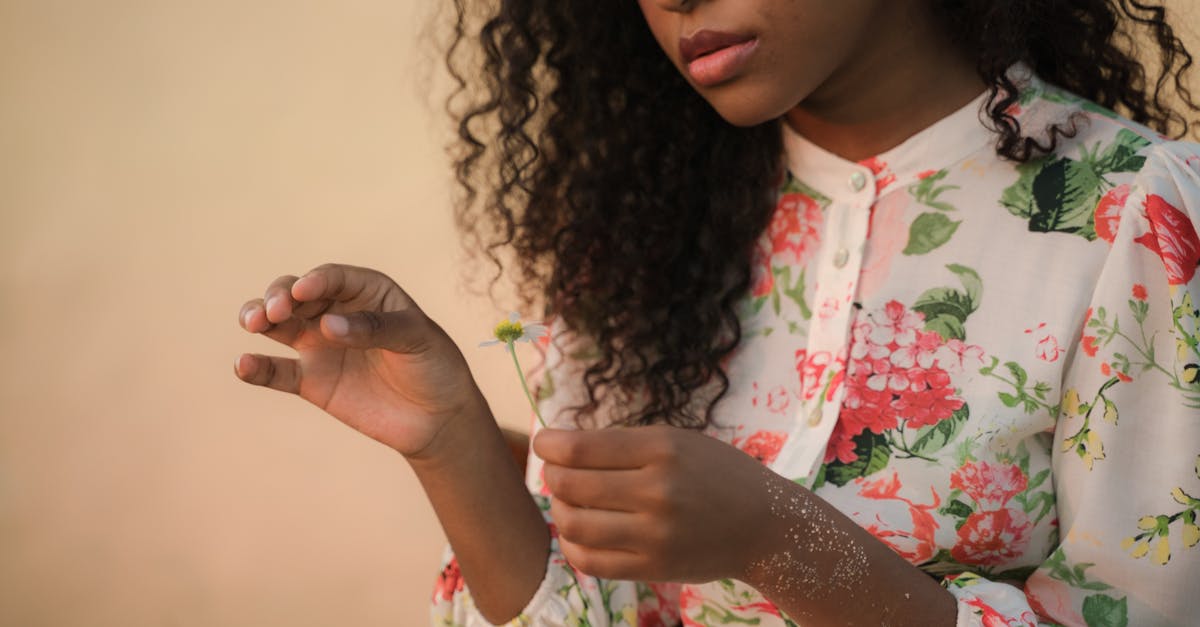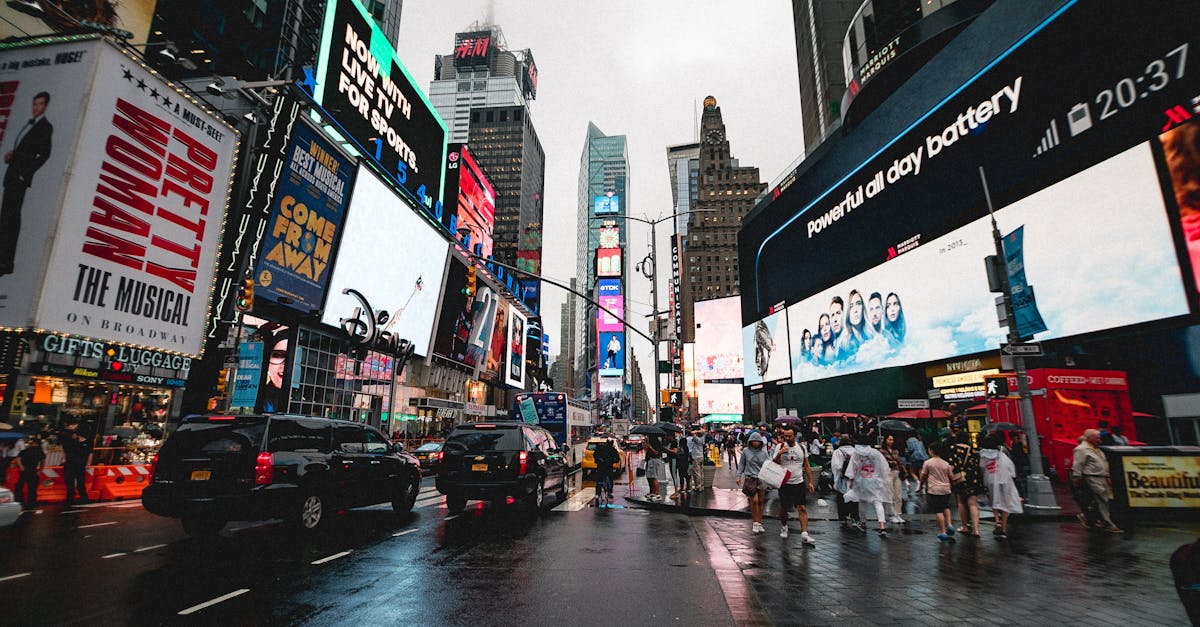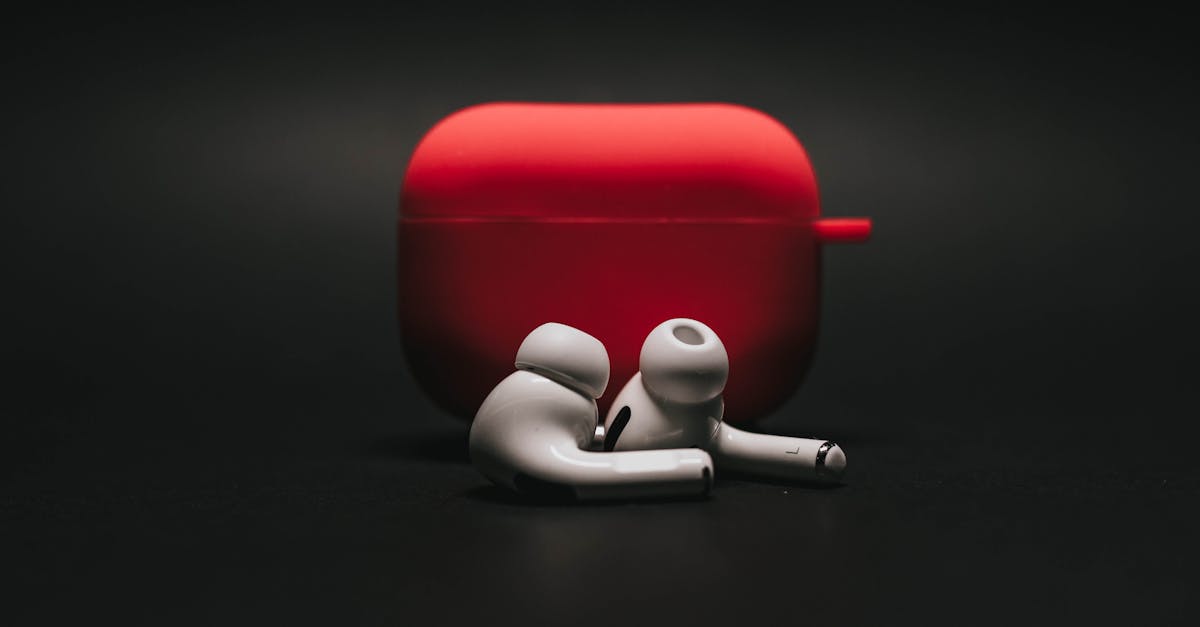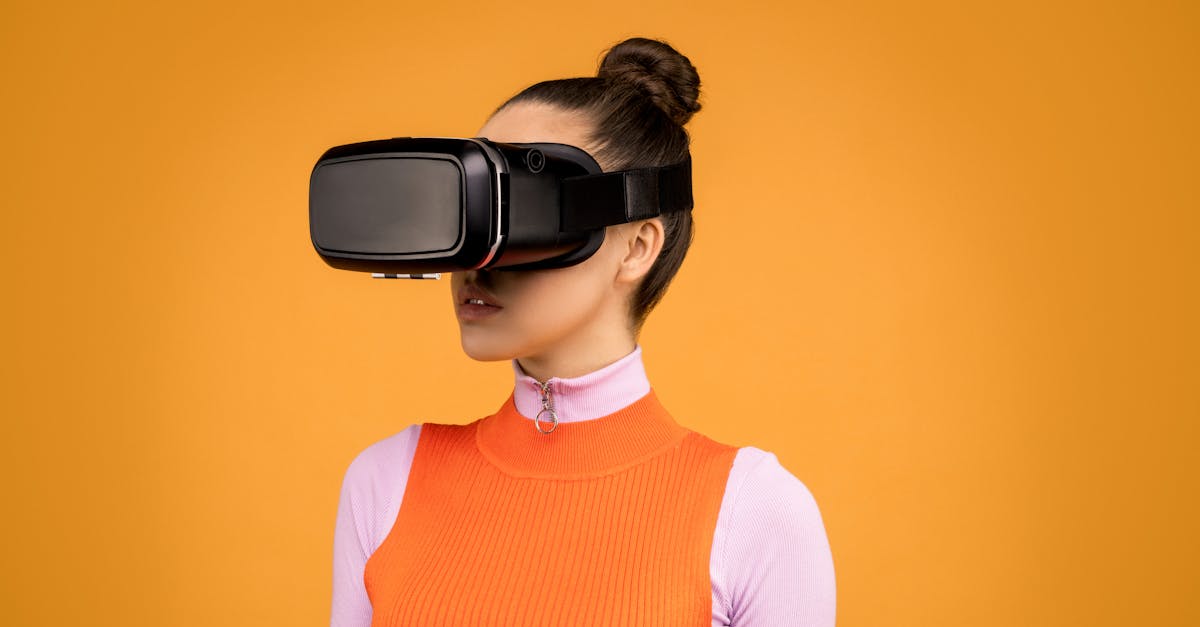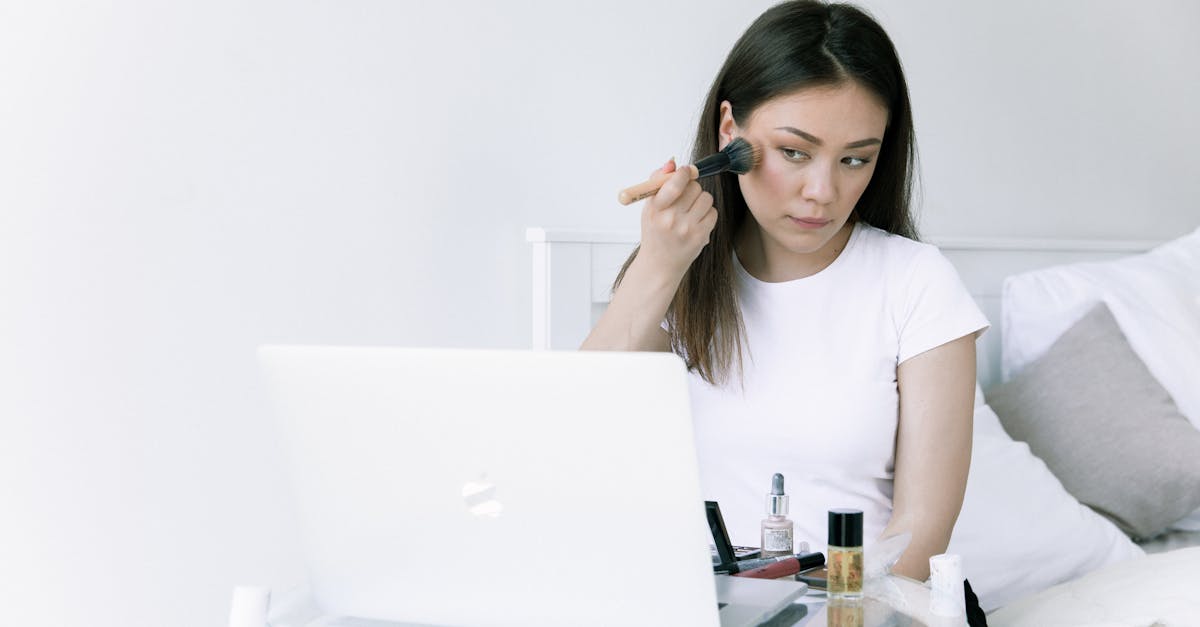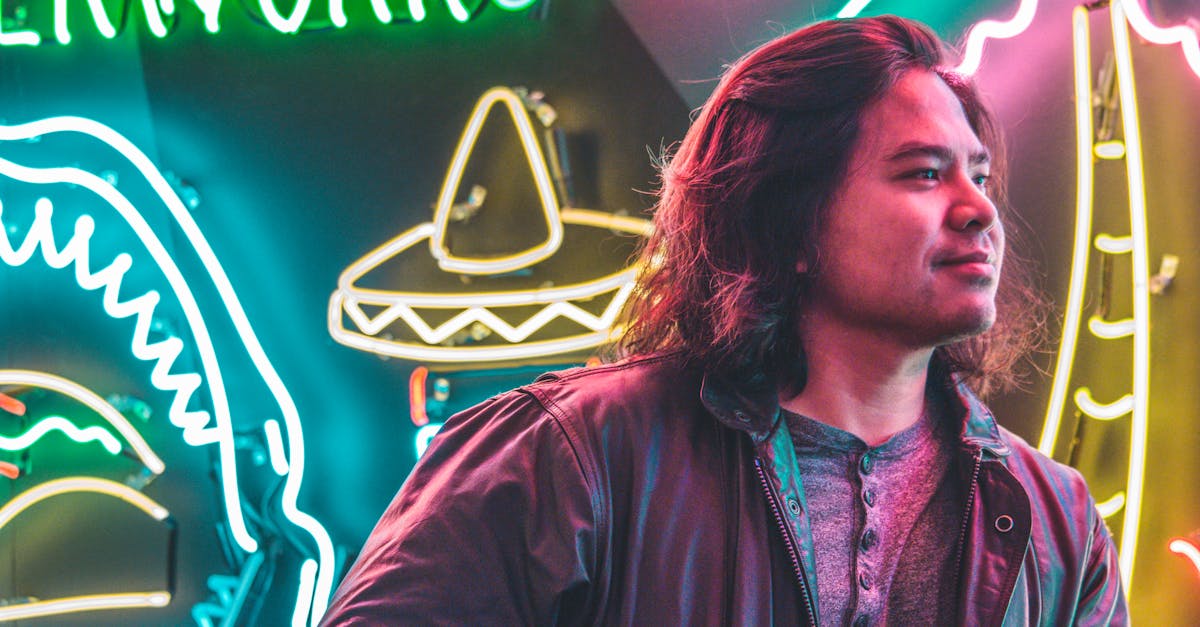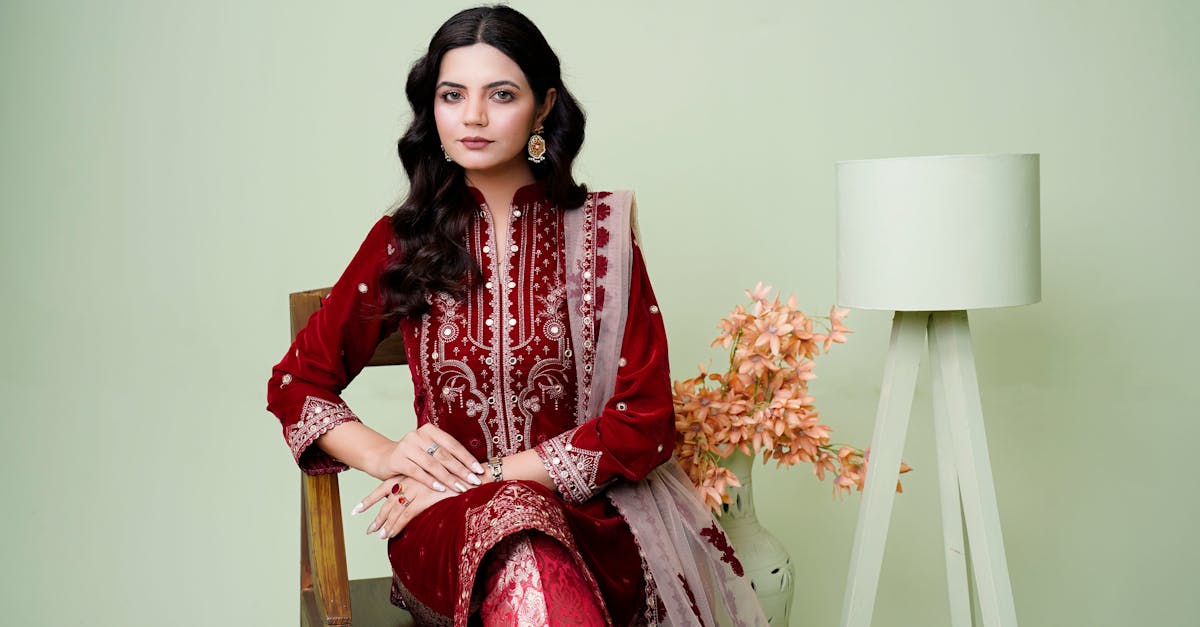Fashion and News How Tech Trends Shape Consumer Behavior
Introduction
The fashion industry has always been a dynamic arena, blending creativity with innovation. As technology progresses at an unprecedented pace, it is significantly impacting how consumers interact with fashion. This article delves into the latest tech trends shaping consumer behavior in the world of fashion, exploring how digital advancements are revolutionizing everything from how we shop to how we perceive style. The intersection of fashion and technology is not just a trend but a fundamental shift in the industry, redefining the relationship between brands and consumers.

Advertisement
Fashion News in the Digital Age
In the past, fashion news was disseminated through magazines, newspapers, and television, often with a delay between events and their coverage. Today, the digital age has revolutionized how fashion news is consumed. Social media platforms like Instagram, TikTok, and Twitter have become the primary sources for real-time updates on runway shows, product launches, and industry events. Influencers and fashion bloggers play a pivotal role in amplifying this information, often providing instant commentary and analysis. This immediacy has created a more engaged and informed consumer base. For instance, live-streamed fashion shows allow audiences worldwide to experience events as they happen, breaking down geographical barriers. Additionally, platforms like YouTube and TikTok enable brands to share behind-the-scenes content, fostering a deeper connection with their audience. The speed at which fashion news travels has also accelerated trend cycles, with styles gaining popularity and fading away faster than ever before.

Advertisement
E-commerce Revolution and Smart Shopping
The rise of e-commerce has fundamentally transformed the retail landscape. Online shopping platforms have made fashion accessible to a global audience, offering convenience and variety. However, the true game-changer lies in the integration of smart shopping technologies. Artificial Intelligence (AI) and Machine Learning (ML) are at the forefront of this revolution, powering tools like chatbots, virtual stylists, and personalized recommendations.
For example, AI-driven algorithms analyze consumer behavior, purchase history, and preferences to curate tailored product suggestions. This level of personalization not only enhances the shopping experience but also increases customer satisfaction and loyalty. Virtual stylists, powered by AI, provide outfit recommendations based on individual tastes and occasions, mimicking the experience of having a personal shopper.
Moreover, advancements in payment technologies, such as one-click purchases and digital wallets, have streamlined the checkout process, reducing friction and encouraging impulse buys. The integration of augmented reality (AR) and virtual reality (VR) into e-commerce platforms further bridges the gap between online and in-store shopping, offering immersive experiences that were previously unimaginable.
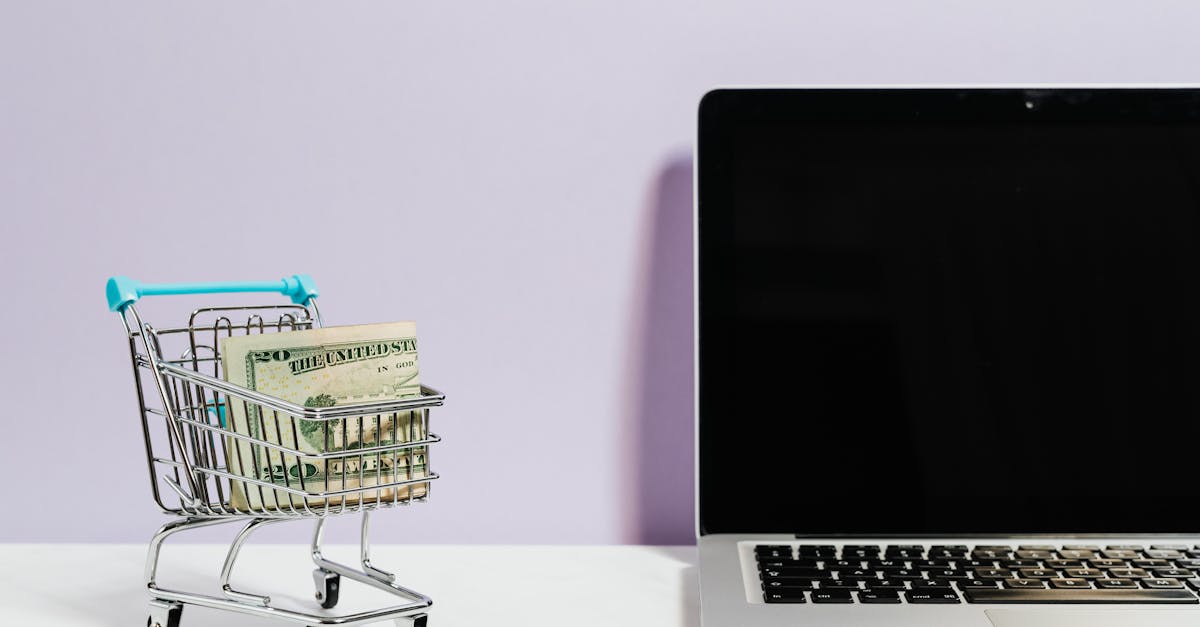
Advertisement
Wearable Tech Transforming Fashion Choices
Wearable technology has emerged as a significant trend, merging functionality with style. Devices like smartwatches, fitness trackers, and even smart jewelry have become mainstream, appealing to consumers who value both aesthetics and utility. These gadgets not only track health metrics but also serve as fashion statements, with brands like Apple, Fitbit, and Garmin offering customizable designs to suit individual preferences.
Beyond accessories, tech-enhanced clothing is gaining traction. For instance, heated jackets, UV-protective fabrics, and even garments with built-in sensors are becoming increasingly popular. These innovations cater to the growing demand for convenience and innovation, reflecting a shift in consumer priorities. Wearable tech is no longer just about functionality; it’s about integrating technology seamlessly into everyday life while maintaining a sense of style.
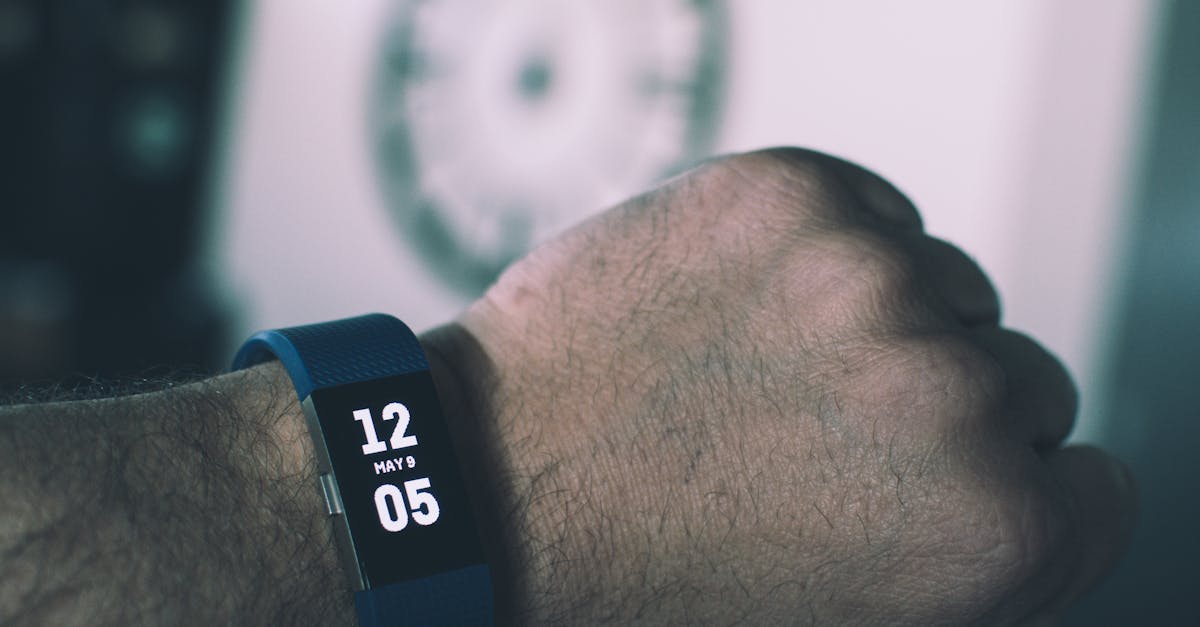
Advertisement
The Rise of Augmented Reality in Fashion
Augmented Reality (AR) is reshaping the fashion industry by offering interactive and immersive shopping experiences. One of the most notable applications is virtual try-ons, which allow consumers to visualize how clothing, accessories, or even makeup will look on them without physically trying them on. Brands like Gucci, Sephora, and Warby Parker have embraced this technology, enhancing customer engagement and reducing return rates.
AR is also being used in virtual fitting rooms, where shoppers can see themselves in different outfits in real-time. This technology not only saves time but also empowers consumers to make more informed purchasing decisions. Additionally, AR-powered fashion apps enable users to experiment with styles and trends, fostering creativity and self-expression.
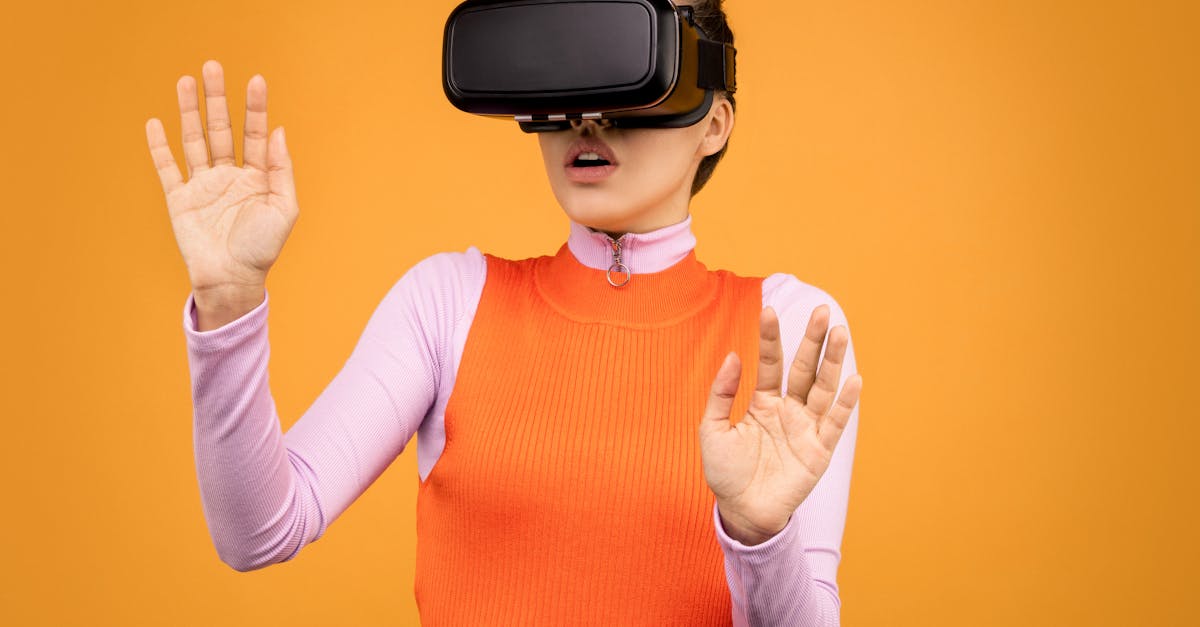
Advertisement
Virtual Fashion Expanding Creative Boundaries
Virtual fashion is an emerging trend that pushes the boundaries of creativity and sustainability. Digital garments, which exist solely in the virtual realm, are gaining popularity among tech-savvy consumers. These pieces can be worn in virtual environments, such as video games, social media platforms, or even virtual reality spaces.
Brands like The Fabricant and Auroboros are leading the charge in this space, creating entirely digital collections that challenge traditional notions of fashion. Virtual fashion not only reduces material waste but also opens up new avenues for self-expression. For instance, consumers can purchase digital outfits to wear in their social media posts, blurring the lines between physical and virtual identities.
This trend aligns with the growing emphasis on sustainability in the fashion industry. By reducing the need for physical production, virtual fashion minimizes environmental impact, appealing to eco-conscious consumers. As technology continues to evolve, virtual fashion is poised to become a significant player in the industry.
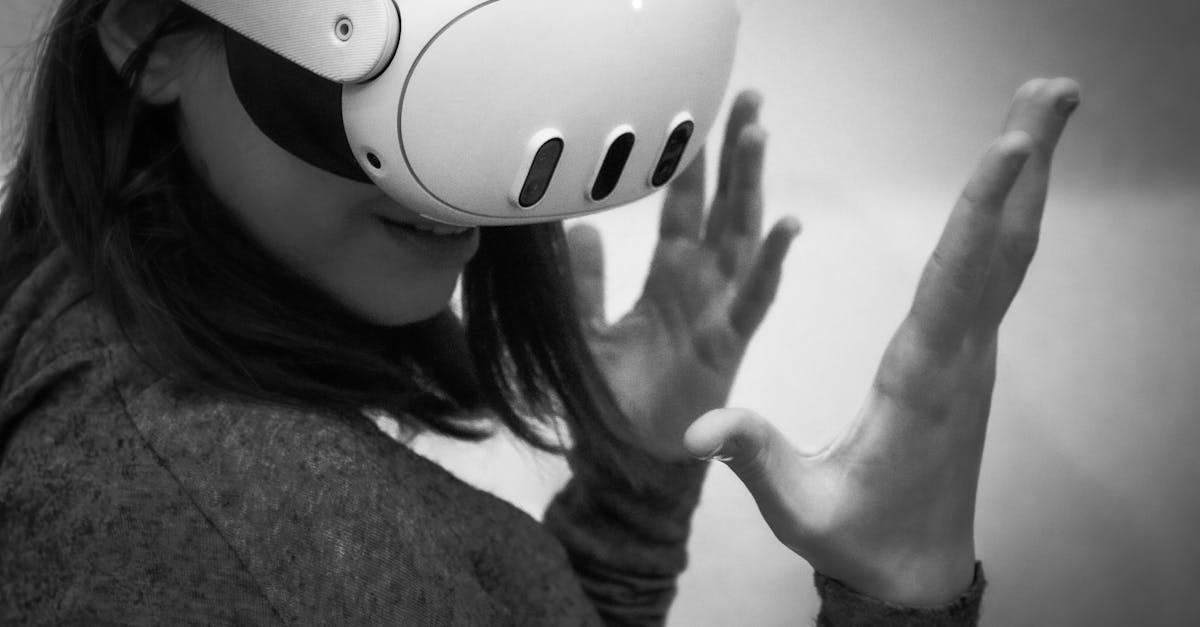
Advertisement
How Fashion Innovation is Driving Consumer Engagement
Innovation is at the heart of modern fashion, with technology driving new ways for brands to engage with consumers. AI-driven design tools, for example, enable designers to create unique patterns and styles, streamlining the creative process. Virtual fashion shows, powered by VR and AR, offer immersive experiences that transcend traditional runway presentations.
Social media platforms have also become essential tools for consumer engagement. Brands are leveraging these platforms to host live Q&A sessions, share behind-the-scenes content, and collaborate with influencers. This direct interaction fosters a sense of community and loyalty among consumers, who feel more connected to the brands they love.
Moreover, gamification is emerging as a powerful engagement strategy. Fashion brands are incorporating elements of gaming into their marketing campaigns, offering rewards, challenges, and interactive experiences. This approach not only captivates consumers but also encourages them to actively participate in the brand’s narrative.
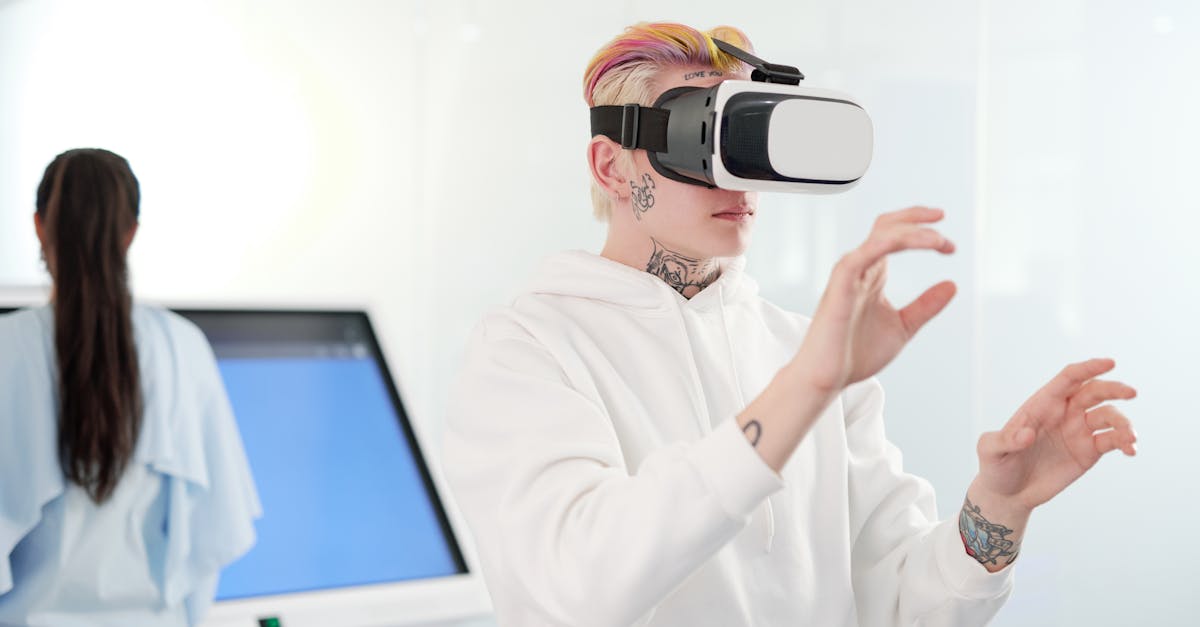
Advertisement
Digital Trends Influencing Consumer Behavior
Digital trends are playing a pivotal role in shaping consumer behavior. Social media influencers, for instance, have become key opinion leaders, driving trends and influencing purchasing decisions. Consumers increasingly turn to these influencers for style inspiration, product reviews, and recommendations.
Online communities, such as fashion forums and Facebook groups, also play a significant role in shaping consumer preferences. These platforms provide a space for fashion enthusiasts to share ideas, discuss trends, and seek advice. Brands that actively engage with these communities can build strong relationships with their target audience, fostering brand advocacy and loyalty.
Additionally, the rise of user-generated content (UGC) has empowered consumers to become creators. Platforms like Instagram and TikTok encourage users to share their outfits, styling tips, and fashion hauls, creating a ripple effect that amplifies trends and drives demand.

Advertisement
Challenges and Opportunities Ahead
While the integration of technology in fashion offers numerous benefits, it also presents challenges. Data security and privacy concerns are at the forefront, as brands collect and analyze vast amounts of consumer data. Ensuring transparency and ethical practices is crucial to building trust with consumers.
Another challenge lies in balancing innovation with inclusivity. As technology advances, it’s essential to ensure that these innovations are accessible to all consumers, regardless of their socioeconomic status or technological proficiency. Brands that prioritize inclusivity and ethical practices will stand out in a competitive market.
Despite these challenges, the opportunities are immense. Technology enables brands to differentiate themselves through innovative products and experiences. By embracing sustainability, transparency, and inclusivity, brands can not only address consumer concerns but also drive positive change in the industry.
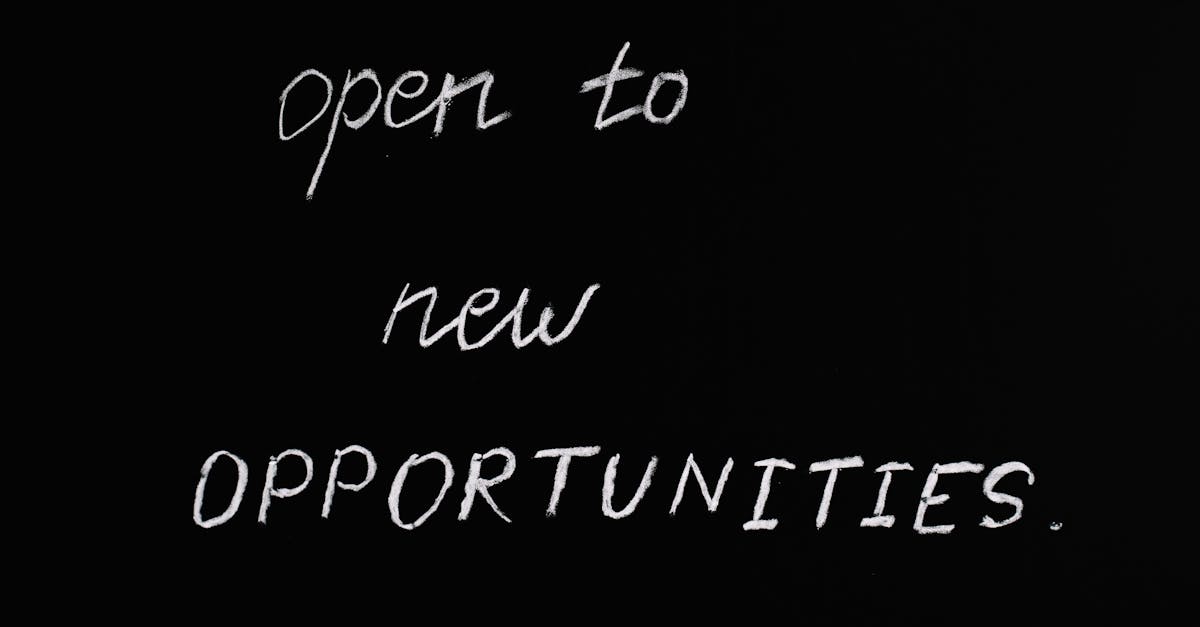
Advertisement
Summary and Conclusion
In conclusion, technology is a formidable force in the fashion industry, transforming consumer experiences and behaviors. From the immediacy of fashion news in the digital age to the rise of virtual fashion, these advancements are reshaping the way we interact with style. As digital trends and consumer tech continue to evolve, they will undoubtedly shape the future of fashion.
Brands that embrace these changes while upholding ethical practices will thrive in this tech-driven era. By leveraging technology to enhance creativity, engagement, and sustainability, the fashion industry can continue to innovate and inspire, meeting the demands of an ever-evolving consumer base. The fusion of fashion and technology is not just a trend—it’s the future.

Advertisement
